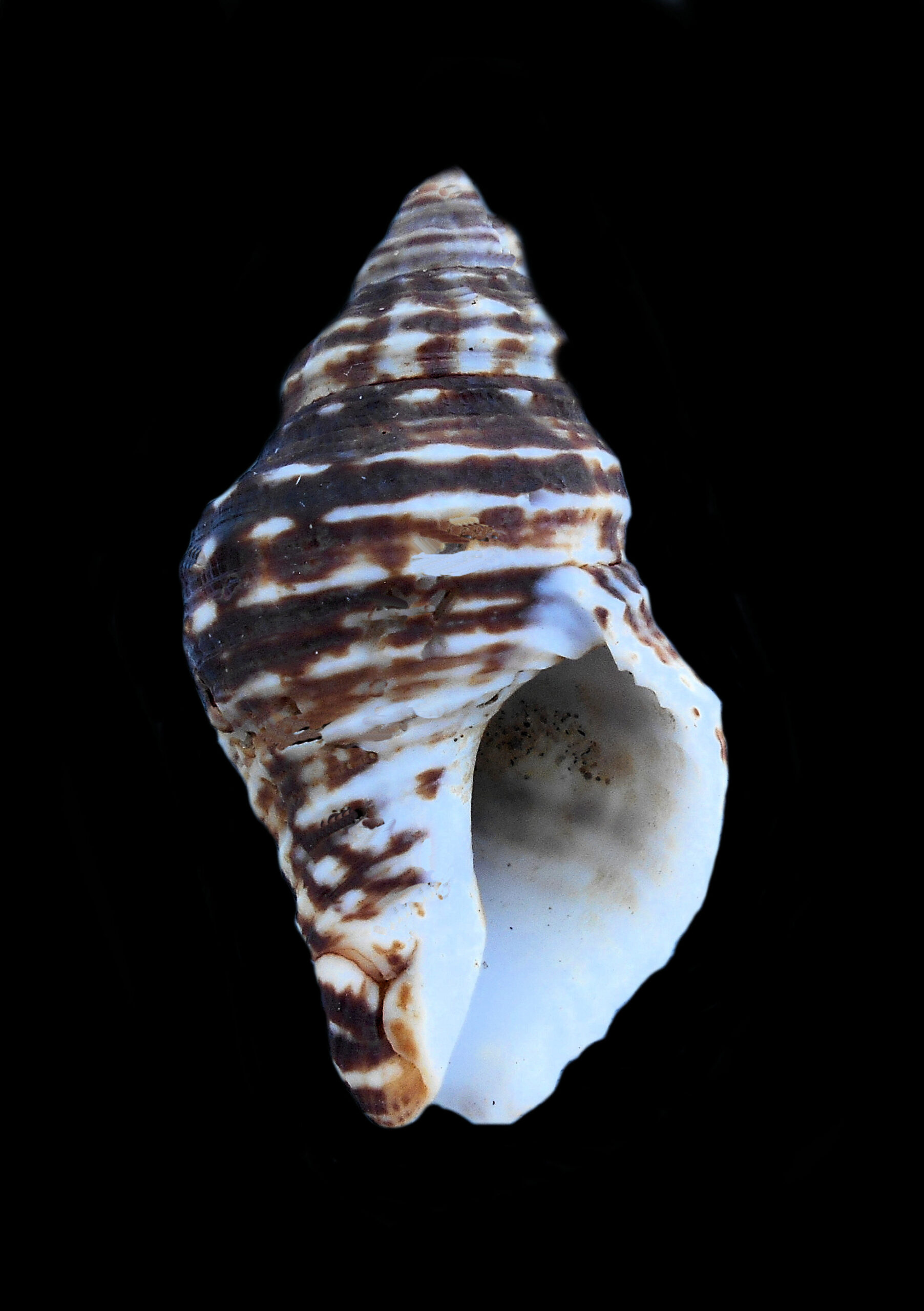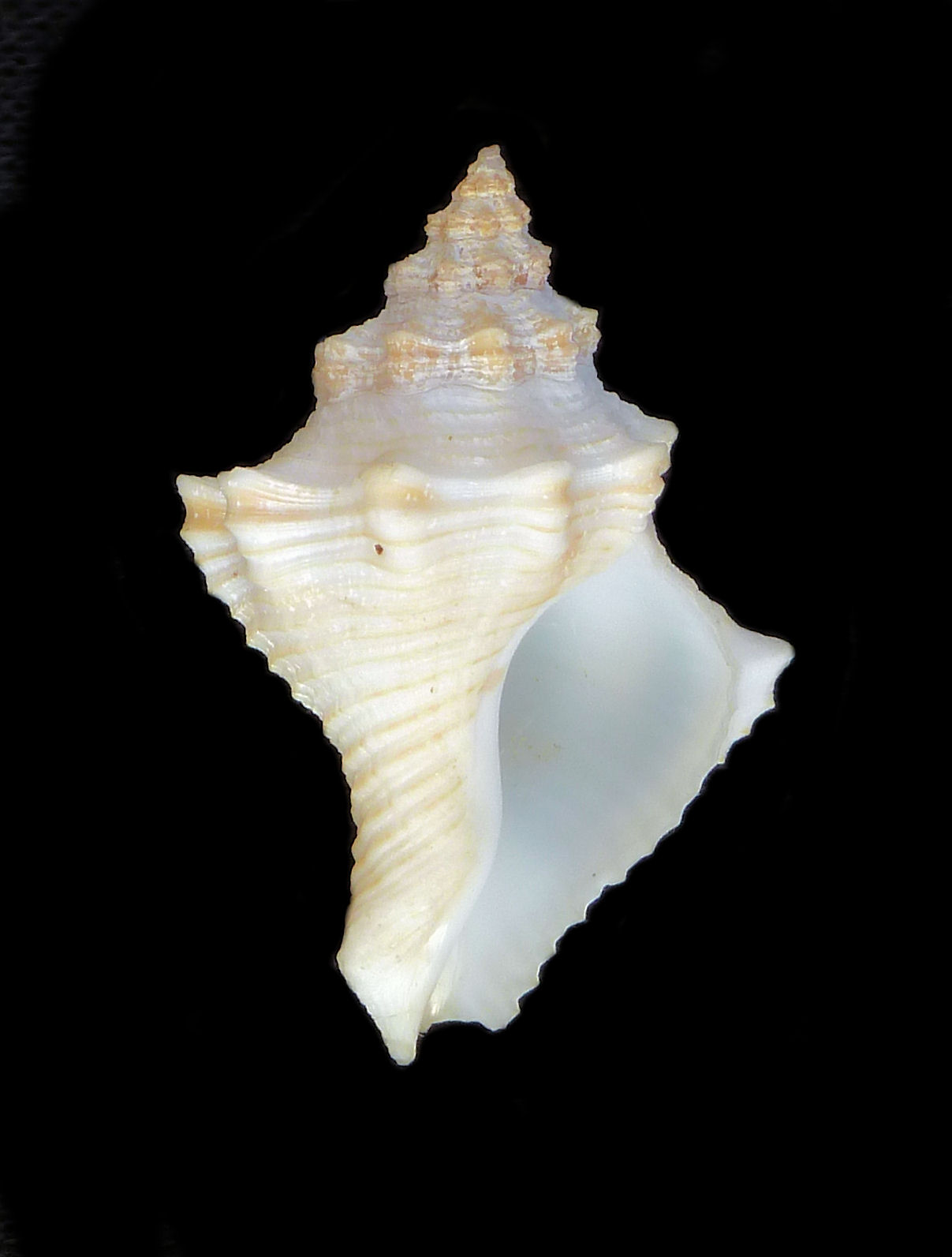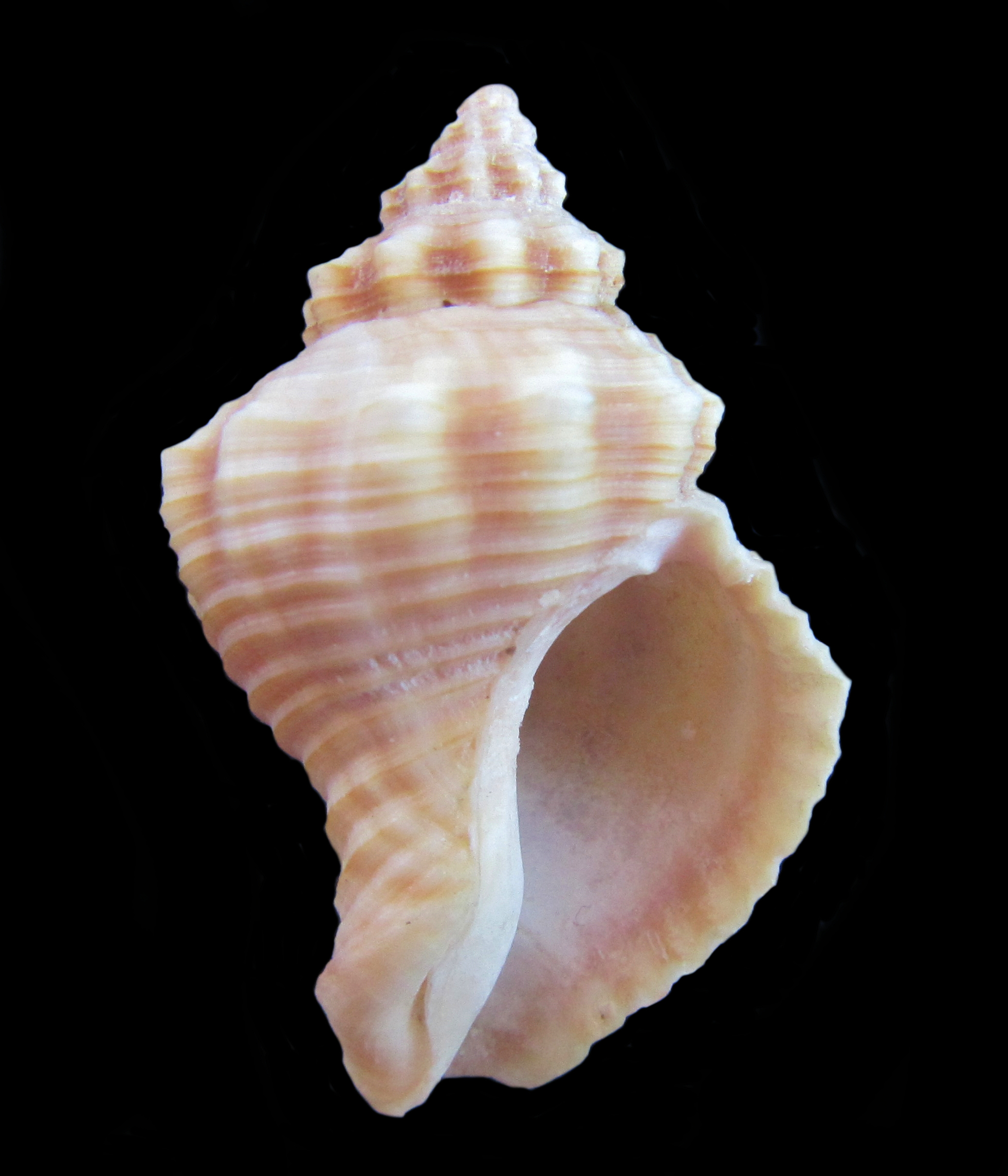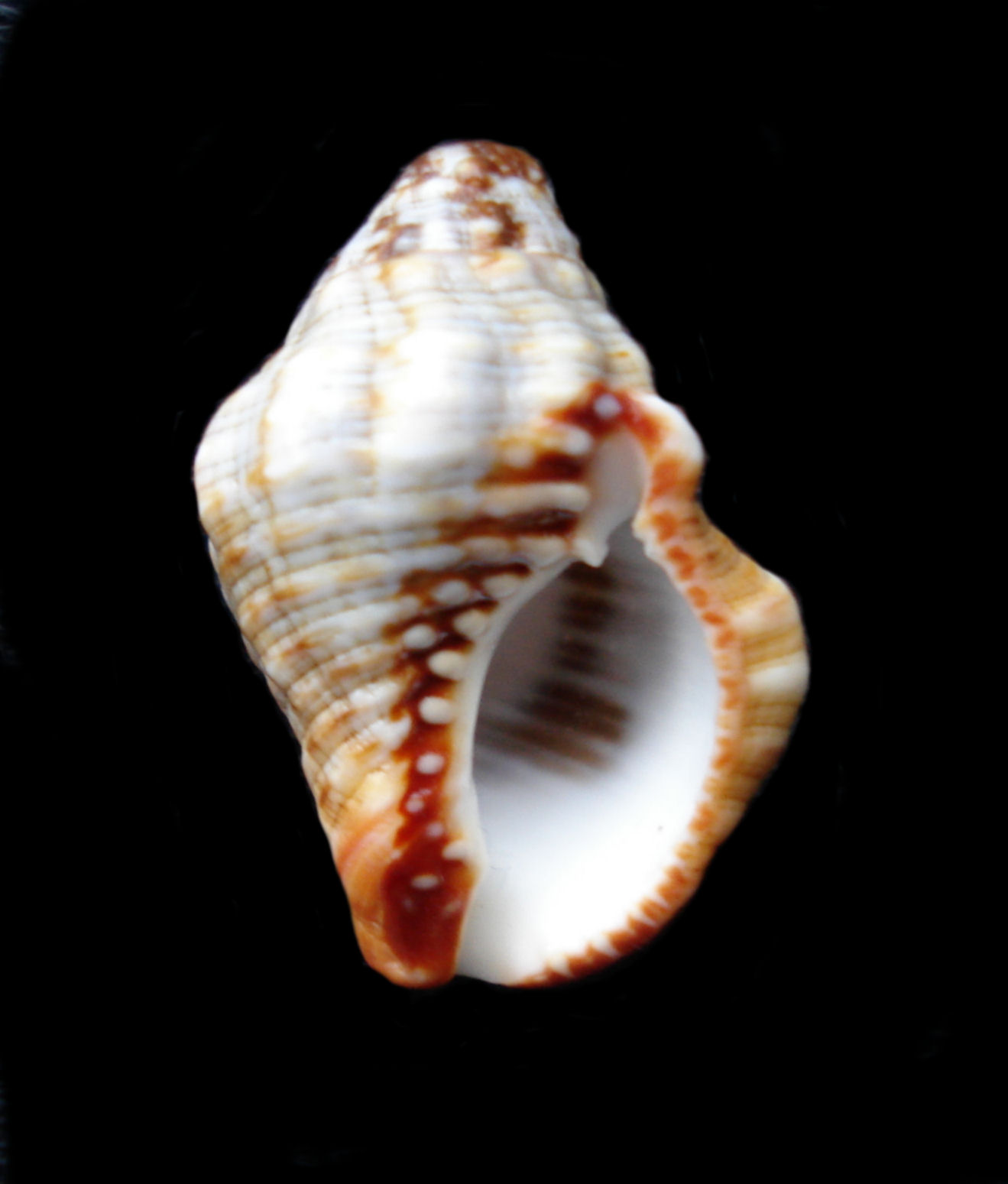False Tritons of the Pisaniidae Family
Four False Tritons of the Pisaniidae Family can be found in this website:
The False Tritons are members of the Pisaniidae Family that closely resemble many of the Whelks of the Buccinidae Family. Many of the Whelks have recently been reclassified into this family. They are a large group of shells that are very diverse in shape. Most consist of few whorls, a large body whorl, and a short siphonal canal, and a large aperture with many species having a flared outer lip, which they use to pry open bivalves. These shells are strongly spiraled, with each whorl readily identifiable. The sutures (where individual whorls join together) tend to be deep. The exterior surface of the shells may be sculpted with lengthwise, or spiral ridges, but most species do not display knobs, spines, or varices. The Pisaniidae are found in temperate and polar species tend to have subdued coloration; tropical species are generally more colorful.
False Tritons are generally found on soft substrates. They are opportunistic carnivores locating their prey by chemoreceptors that prey on ascidians (worms), crustaceans, and mollusks as-well-as carrion. They are found in tropical, temperate, and polar seas, worldwide. Most species in the Family are cold water species. The Piscaniidae Family has 278 global members of which eighteen are found in coastal waters of Baja.



